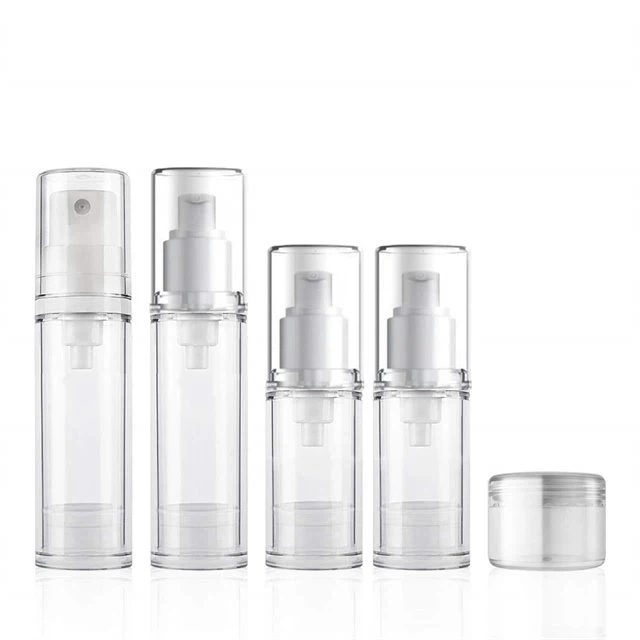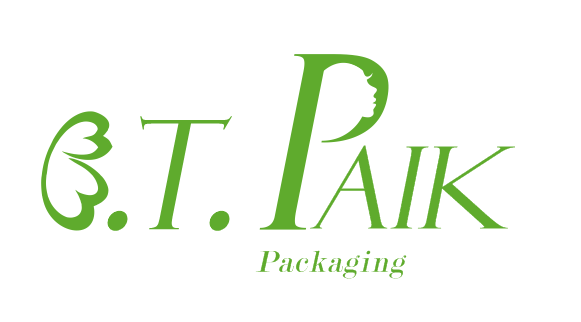How To Choose Different Cosmetic Bottle Materials?
2023-04-21View:
How To Choose Different Cosmetic Bottle Materials?
Classification of plastic materials:
1. PET: It is an environmentally friendly material that can be directly in contact with cosmetics and food. It is the main material for filling organic skin care products. The PET material is soft and its natural color is transparent.
2. PP, PE: They are environmentally friendly materials that can be directly in contact with cosmetics and food. They are the main materials for filling organic skin care products. The material is whitish and translucent. According to different molecular structures, three different degrees of softness and hardness can be achieved.
3. AS: the hardness is not high, relatively brittle (there is a crisp sound when knocked), transparent color, and the background color is blue, it can be directly in contact with cosmetics and food, in ordinary lotion bottles, vacuum bottles are generally the bottle body It can also be used to make small-capacity cream bottles. It is transparent.
4. PCTA and PETG: They are environmentally friendly materials that can be directly in contact with cosmetics and food. They are the main materials for filling organic skin care products. The materials are soft and transparent. PCTA and PETG are soft and easy to scratch. Spraying is not commonly used, but printing is often used.

5. Acrylic: The material is harder, the transparency is higher, and the background color is whitish. And acrylic is often sprayed inside the outer bottle in order to maintain a transparent texture.
6. ABS: It belongs to engineering plastics, which is not environmentally friendly and has high hardness. It cannot be directly in contact with cosmetics and food. In cosmetic packaging materials, it is generally used for outer covers and shoulder covers. The color is yellowish or milky white.
Types of packaging bottles:
1. Vacuum bottle: cap, shoulder cover, vacuum pump, piston. Rely on air pressure to use. The pump head is generally pointed or flat. The airtightness of the vacuum bottle is high, and the vacuum pump will move up with the reduction of the inner material, and the leakage will affect the aesthetics to a certain extent.
2. Lotion bottle: consists of a cap, a shoulder sleeve, and a lotion pump. Most of them have straws inside. Single-layer and multi-layer bottles are generally made of acrylic outside and PP inside. The cover is acrylic on the outside and ABS on the inside.
3. Perfume bottle: mostly cover, spray head, bottle body, straw. The ones with large capacity are usually made of glass, because the storage time is longer. There are also interiors with glass exteriors made of aluminum. PP bottles are suitable for small-capacity short-term storage.
4. Cream bottle: with outer cover, outer bottle, inner liner and gasket. Acrylic double-layer cream jar: bottle body acrylic, lid, gasket PP. Acrylic has higher transparency and is more expensive. PP double-layer cream bottle: the bottle body and lid are all made of PP. The transparency is not high, suitable for colored designs. PET single-layer bottle body, PP, PE, PS and other materials. It can be used in combination with related materials such as external anodized aluminum and cover external anodized aluminum.
5. Blow molding bottle: the material is mostly PET. There are three kinds of lids: twist lid, flip lid, and swing lid. Blow molding is the direct blowing of preforms. The characteristic is that there is a raised point at the bottom of the bottle. Brighter in light.
6. Blow injection bottle: the material is mostly PP or PE. There are three kinds of lids: swing lid, flip lid and twist lid. Blow injection bottle is a process that combines blow injection and blow molding, and only needs one mold. The characteristic is that there is a bonded line at the bottom of the bottle.
7. Aluminum-plastic hose: the innermost one is made of PE material and the outer one is made of aluminum packaging. Offset printing, silk screen printing and hot stamping are commonly used.
8. All-plastic hose: commonly used PE, PP, PVC materials, and the hose is pulled out first and then cut. Commonly used offset printing, silk screen printing, hot stamping.
